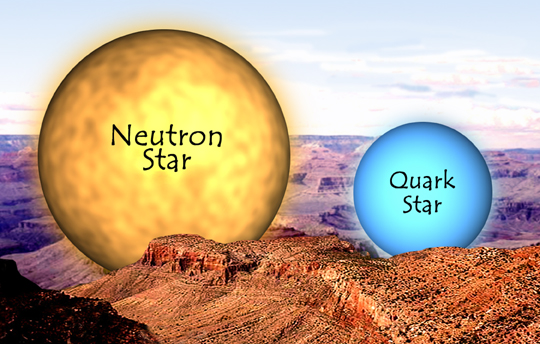String theory has further spawned something called "M theory," which incorporates surfaces known as membranes—or simply "branes" to the hipper souls of the world of physics. I'm afraid this is the stop on the knowledge highway where most of us must get off. Here is a sentence from the New York Times, explaining this as simply as possible to a general audience: "The ekpyrotic process begins far in the indefinite past with a pair of flat empty branes sitting parallel to each other in a warped five-dimensional space... The two branes, which form the walls of the fifth dimension, could have popped out of nothingness as a quantum fluctuation in the even more distant past and then drifted apart." No arguing with that. No understanding it either. Ekpyrotic, incidentally, comes from the Greek word for "conflagration."

Matters in physics have now reached such a pitch that, as Paul Davies noted in Nature, it is "almost impossible for the non-scientist to discriminate between the legitimately weird and the outright crackpot." The question came interestingly to a head in the fall of 2002 when two French physicists, twin brothers Igor and Grickha Bogdanov, produced a theory of ambitious density involving such concepts as "imaginary time" and the "Kubo-Schwinger-Martin condition," and purporting to describe the nothingness that was the universe before the Big Bang—a period that was always assumed to be unknowable (since it predated the birth of physics and its properties).












